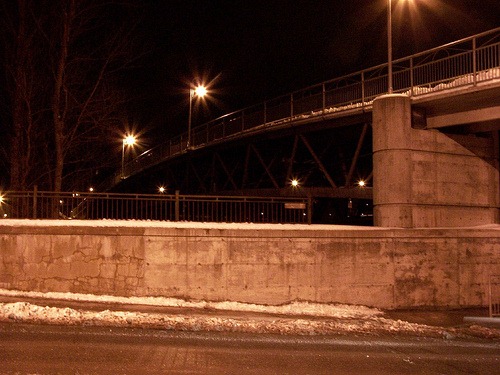 COMPOSITION OF REACTIVE POWDER
COMPOSITION OF REACTIVE POWDER
CONCRETE (RPC)
REACTIVE POWDER CONCRETE COMPOSITION & MANUFACTURING:
Reactive powder concrete has been developed to have a strength of 200 to 800 Mpa with required ductility. It is new technique involved in the civil engineering .Reactive powder concrete in made by replacing the conventional sand and aggregate by grounded quartz less than300 micron size, silica fume, synthesized precipitated silica ,steel fibers about 1 cm in length and 180 micron in diameter .
RPC is composed of very fine powders (cement, sand, quartz powder, and silica fume), steel fibers (optional) and a super plasticizer. The super plasticizer, used at its optimal dosage, decreases the water binder ratio (wb) while improving the workability of concrete. A very dense matrix is achieved by optimizing the granular packing of the dry fine powders. This compactness gives RPC ultra –high strength and durability .Reactive powder concretes have compressive strength ranging from 200 Mpa to 800Mpa.
|
Typical composition of reactive powder concrete 800 Mpa |
||
|
1. |
Portland cement – type V |
1000 kg/m3 |
|
2. |
Fine sand ( 150 – 400 micron) |
5001 kg/m3 |
|
3. |
Silica fume (18 m2/gm) |
390 kg/m3 |
|
4. |
Precipitated silica (35 m2/gm) |
230 kg/m3 |
|
5. |
Super plasticizer (polyacrylate) |
18 kg/m3 |
|
6. |
Steel fibers (length 3mm and dia.180µ) |
630 kg/m3 |
|
7. |
Total water |
180 kg/m3 |
|
8. |
Compressive strength (cylinder) |
490 – 680 Mpa |
|
9. |
Flexural strength |
45 – 102 Mpa |
| Typical composition of reactive powder concrete 200 Mpa | ||
|
1. |
Portland cement – type V |
955 kg/m3 |
|
2. |
Fine sand ( 150 – 400 micron) |
1051 kg/m3 |
|
3. |
Silica fume (18 m2/gm) |
229 kg/m3 |
|
4. |
Precipitated silica (35 m2/gm) |
10 kg/m3 |
|
5. |
Super plasticizer (polyacrylate) |
13 kg/m3 |
|
6. |
Steel fibers |
191 kg/m3 |
|
7. |
Total water |
153 kg/m3 |
|
8. |
Compressive strength (cylinder) |
170 – 230 Mpa |
|
9. |
Flexural strength |
25 – 30 Mpa |
|
10. |
Young’s modulus |
54 – 60 Mpa |
Manufacture of Reactive Powder Concrete:
Some of the general principles for developing RPC are given below”:
- 1. Elimination of coarse aggregates for enhancement of homogeneity.
- 2. Utilization of the pozzolanic properties of silica fume.
- 3. Optimization of the granular mixture for the enhancement of compacted density.
- 4. Optimal usage of super plasticizer to reduce w/b and improve work ability.
- 5. Application of pressure (before and during setting) to improve compaction.
- 6. Post-set heat-treatment for the enhancement of the microstructure.
- 7. Addition to small-sized steel fibres to improve ductility.
